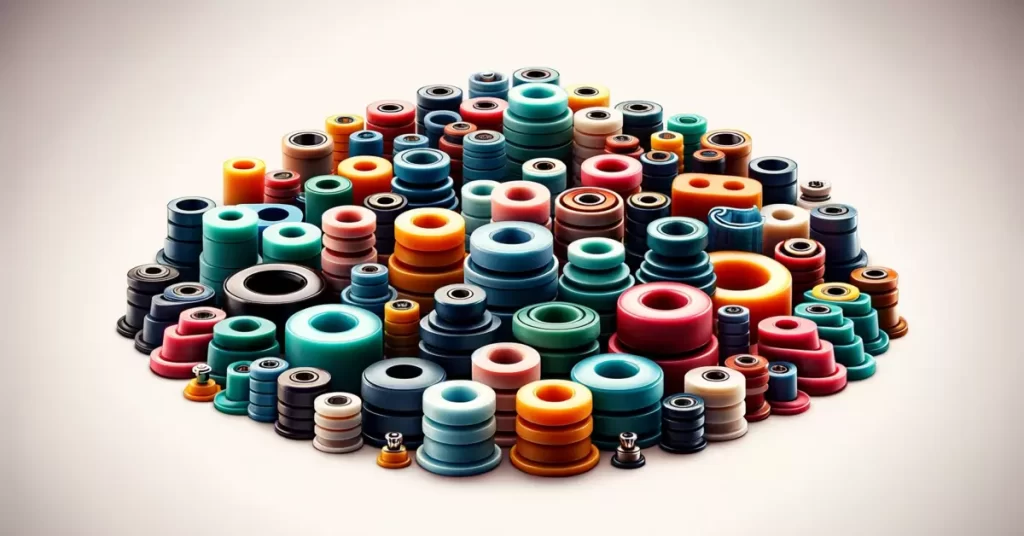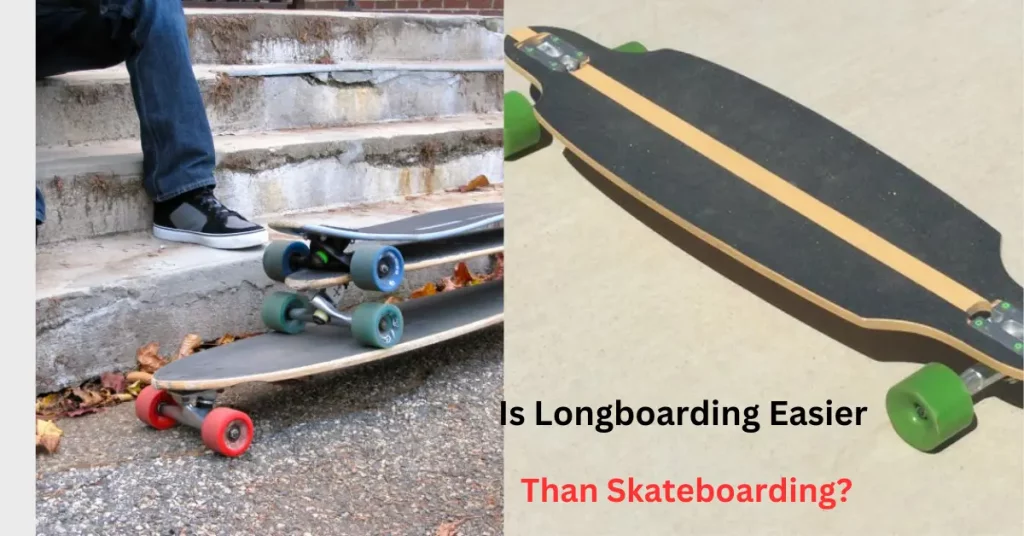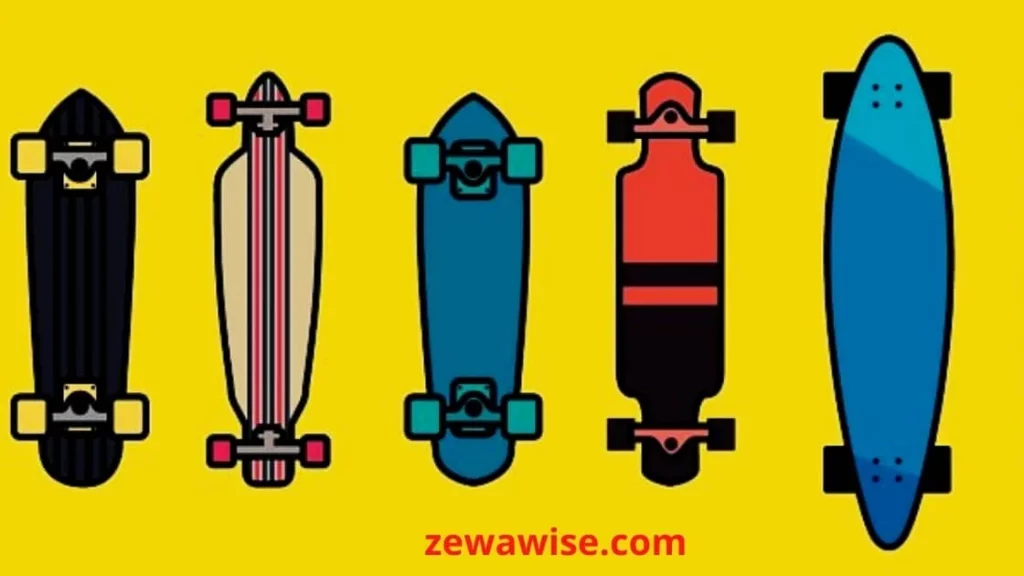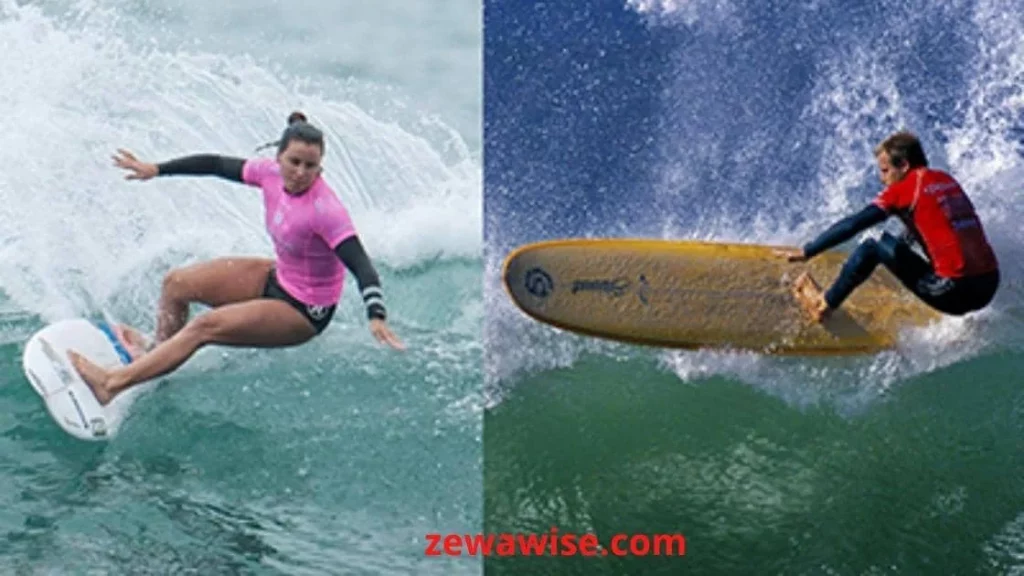Are skateboard bushings universal? This is a common question among skateboarders, especially those looking to customize their riding experience. The short answer is no; skateboard bushings are not universal. Each brand and model of trucks typically has their specific size and shape of bushings. While there may be some compatibility among different brands, it’s essential to consider the specific dimensions and hardness levels before purchasing new bushings.
Skateboard bushings are crucial in how your board turns and responds to your movements. They serve as the cushioning between the truck hanger and baseplate, allowing for smooth turns and absorbing shock while riding. The dimensions of the bushings can vary from brand to brand, affecting how tight or loose your trucks feel when turning. Additionally, different materials, such as polyurethane or rubber, can impact the overall performance of your board. It’s always best to consult with skate shops or manufacturers for compatibility guidance when replacing or upgrading your bushings.
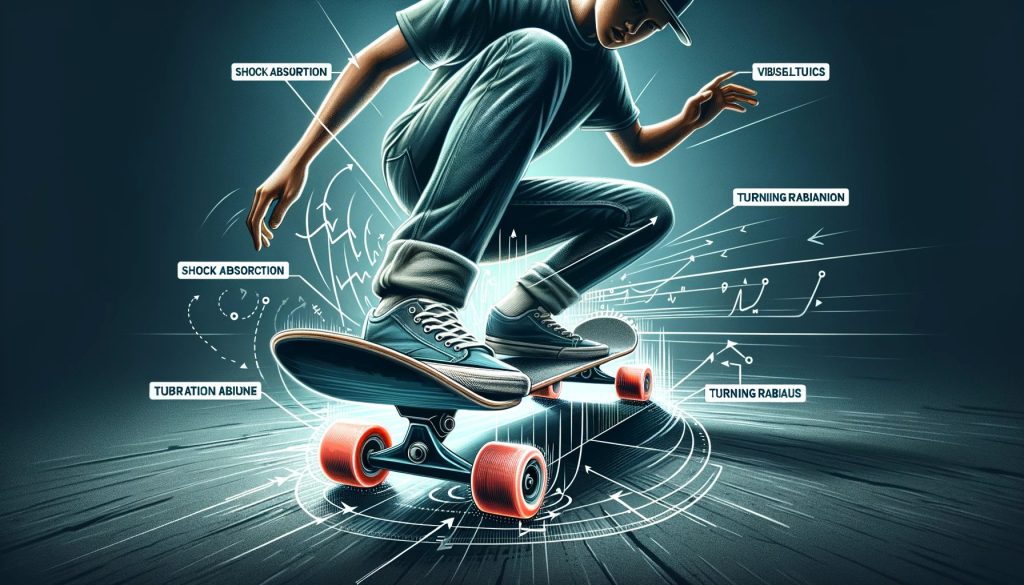
What Exactly Are Skateboard Bushings?
Bushing Basics
Tucked inside your skateboard’s trucks, bushings help govern your board’s behaviour. You can think of them as your skateboard’s shock absorbers!
Why They’re Important
Their role goes beyond mere shock absorption. They determine how easily you can turn, pivot, and maintain stability while skating. Yes, they’re that important!
Factors to consider when choosing skateboard bushings
When it comes to choosing skateboard bushings, there are several factors to consider that can significantly impact your overall riding experience.
Rider’s Weight
One of the most important factors is the rider’s weight. Heavier riders typically require stiffer bushings to maintain stability and avoid feeling too loose or wobbly. On the other hand, lighter riders may find softer bushings more suitable for enhanced manoeuvrability and responsiveness.

Riding Style
Another crucial factor to consider when selecting skateboard bushings is your riding style. Different styles of skateboarding, such as street skating or cruising, will require varying degrees of responsiveness and stability. For instance, if you enjoy performing tricks and technical manoeuvres, you might prefer firmer bushings that provide greater control and stability during landings.
On the contrary, if you spend most of your time cruising around town or on rough terrains, opting for softer bushings can absorb impacts better and provide a smoother ride.
Terrain
Lastly, the type of terrain where you plan on doing most of your skateboarding should also influence your choice of skateboard bushings. If you primarily ride on smooth surfaces like skateparks or well-paved streets, medium to firm bushings will offer enough control without sacrificing manoeuvrability. However, if you frequently encounter rough terrains with cracks or bumps along the way, softer bushings can help absorb shocks better and improve overall comfort.
Factors Affecting Bushing Compatibility
Bushing compatibility refers to the ability of a bushing to perform optimally within a specific application or system. Several factors can affect bushing compatibility; understanding these factors is crucial for selecting the right bushing for your needs.
Truck Design
Not all trucks are made the same. Traditional kingpin trucks usually require standard-sized bushings. Reverse kingpin trucks may need specialized sizes.
Your Skateboard Type
Longboards and cruisers often require different bushings than regular skateboards. The more giant board and wider turns demand more specialized parts.
How Riding Style Affects Bushing Choice
When it comes to choosing the right bushings for your skateboard or longboard, one crucial factor to consider is your riding style. Your riding style can significantly influence the type of skateboard bushings that would best suit your needs.
For example, if you are a downhill speed demon who enjoys high-speed turns and carving corners with precision, stiffer bushings would be ideal for you. Stiffer bushings offer stability at high speeds and ensure that your board remains responsive when making quick manoeuvres. On the other hand, if you prefer cruising around leisurely or doing tricks in skate parks, softer bushings would suit you better. Softer bushings allow for more flexibility and give a smoother feel to your turns by absorbing shocks from uneven surfaces.
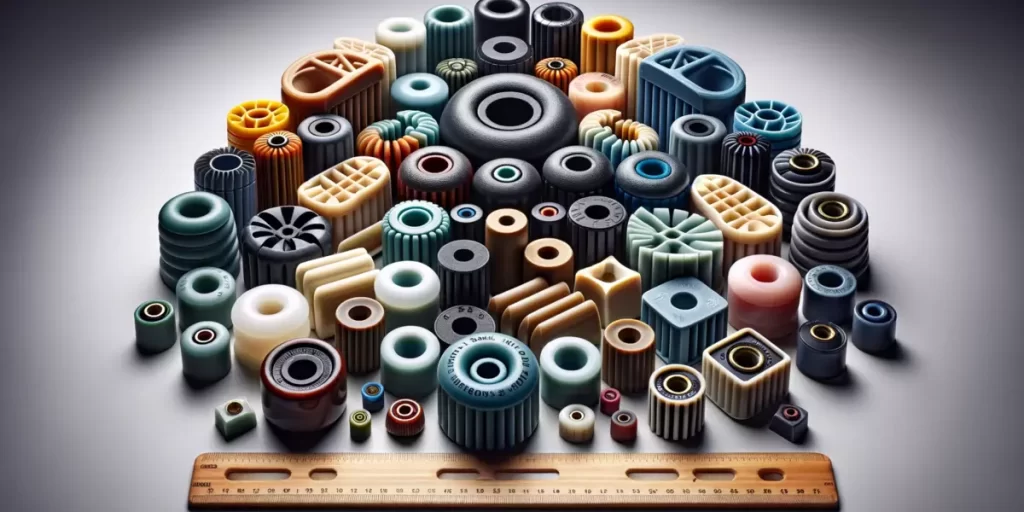
It is important to remember that there isn’t a one size fits all solution when it comes to bushing choice because everyone’s riding style is unique. Understanding how different riding styles influence the type of pressure applied to each wheel is key in finding the perfect combination of hardness, responsiveness, and stability in your board’s setup.
Bushings play a critical role in how your skateboard performs, particularly when it comes to stability, turning, and carving. Here’s how different styles of riding could affect your bushing choice:
Street Skating
- Turnability: Street skaters often require agile movements to perform tricks, navigate obstacles, or make quick turns. Softer bushings are usually more appropriate for this style.
- Bushing Type: Cone bushings are often recommended for street skaters due to their ability to facilitate quick, responsive turns.
Park Skating
- Mixed Needs: Park skating often involves a combination of turns and tricks, which require both stability and agility.
- Bushing Type: A combination of barrel and cone bushings might serve well for park skaters. This setup allows for a good balance between stability and manoeuvrability.
Vert Skating
- Stability: Vert skating often involves high speeds and substantial air, where stability is a priority.
- Bushing Type: Harder barrel bushings are commonly recommended for vert skaters. The durometer could be in the higher range, often above 90a.
Cruiser / Commuter
- Comfort and Ease: Cruisers often prioritize a smooth, comfortable ride over tricks and high speed.
- Bushing Type: Softer bushings, often with a durometer below 90a, work well for cruisers. The focus is on easy turns and a smooth ride rather than aggressive performance.
Tips for Choosing Skateboard Bushings
- Know the Types: Generally, there are two types of bushings: barrel and cone. Barrel bushings are more stable but less manoeuvrable, while cone bushings allow for easier turning.
- Check Material: Most skateboard bushings are made from high-quality urethane. Some are more rigid, and others are softer, affecting your ride.
- Consider Durometer: The hardness of the bushing, measured in durometer, will affect how your skateboard rides. Harder bushings (90a and above) offer more stability but less turnability. Softer bushings (below 90a) offer more turning capability but may feel unstable at high speeds.
- Rider Weight: Heavier riders may prefer harder bushings for better stability. Lighter riders might opt for softer bushings for better turning ability.
- Riding Style: Freestyle and street skaters often prefer softer bushings for better manoeuvrability. Downhill and longboard riders may prefer harder bushings for stability at high speeds.
- Compatibility: Make sure the bushings you choose are compatible with your trucks. Bushing size can vary, so check to see if they fit your particular set of trucks.
- Brand: Certain brands specialize in producing high-quality bushings. Research and reviews can give you an idea of what to expect from a particular brand.
Proper Techniques for Replacing Skateboard Bushings
Tools Required
You’ll need a skateboard tool or wrench and maybe a flat-head screwdriver. Some patience wouldn’t hurt either!
Step-by-Step Instructions
- Remove the nuts from the kingpins using your skateboard tool.
- Take off the old bushings. Note how they were positioned.
- Slide the new bushings onto the kingpins. Make sure they sit flush.
- Reattach the nuts and adjust to your desired tightness.
Conclusion
So, are skateboard bushings universal? Not exactly. They come in various shapes, sizes, and materials. What works for a downhill racer will work for something other than a trick-loving street skater. Understanding your riding style, the type of skateboard you have, and even your weight can significantly affect your bushing choice. Happy skating!
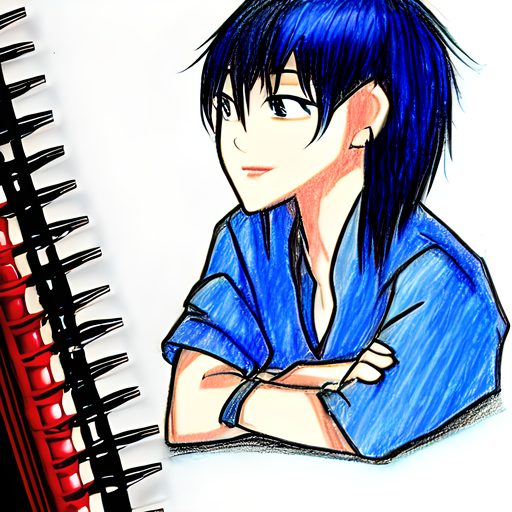
“Welcome to our website, Here You’ll find a wealth of information on finding the right skating gear that will last for years to come, as well as tips and tricks to help you improve your skills. Whether you’re a beginner or an experienced skater, you’ll find something of value here.”
